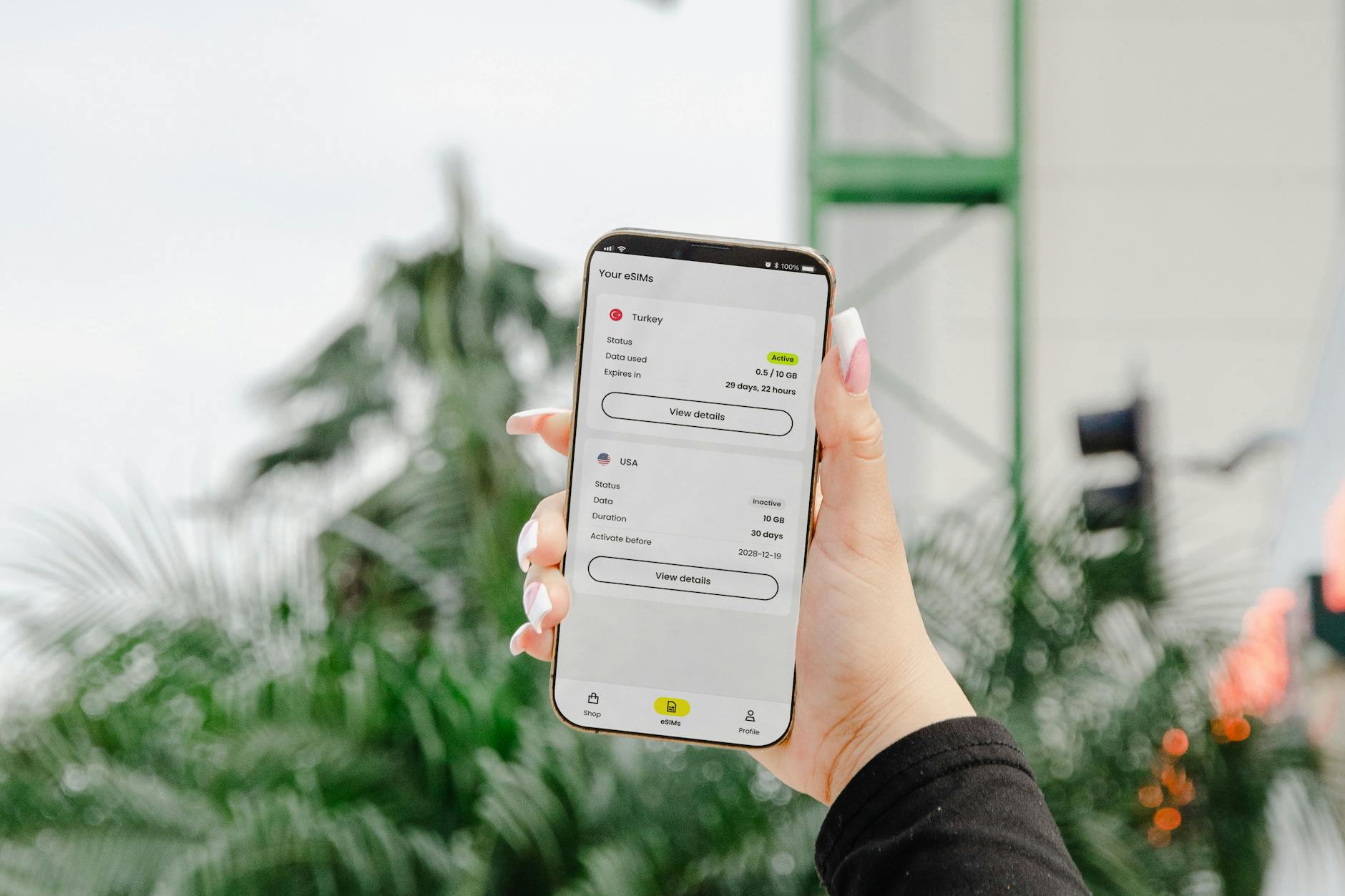Travelers often seek reliable internet access, but satellite connections may not be the best solution. Cellular networks like 4G LTE and 5G are now powerful alternatives, offering greater speed, lower latency, and wider availability for daily use. This article explores why modern mobile connectivity is preferable for most travelers, highlighting key advantages over traditional satellite systems. From network infrastructure to cost-efficient options, we’ll break down the practical benefits of choosing 4G LTE or 5G over high-altitude or remote-location-dependent satellite services.
satellite internet has long been a lifeline for travelers in areas without cellular coverage. However, its appeal is waning as 4G LTE and 5G networks expand rapidly. These technologies provide consistent performance in most regions, faster download speeds, and significantly reduced lag compared to satellite. For budget-conscious adventurers and tech-savvy users, the shift is clear: cellular solutions are more versatile and user-friendly. Below, we examine how 4G LTE and 5G outperform satellite options and why they’re ideal for travel.
Overview of 4g lte and 5g
4G LTE and 5G are mobile broadband technologies that deliver internet via terrestrial cell towers rather than satellites. 4G LTE, now widely available, typically offers average download speeds of 20-60 Mbps, sufficient for most tasks like streaming and video conferencing. 5G takes this further with speeds up to 1 Gbps and ultra-low latency (as low as 1 ms), enabling seamless real-time interactions even during movement. Both networks leverage existing infrastructure, benefiting from continuous improvements in signal strength and coverage accuracy. This makes them far more responsive than satellite options, which depend on weather, orbital positioning, and line-of-sight access to a satellite dish.
limitations of satellite internet
Satellite internet, though useful in remote areas, has notable drawbacks. Latency remains a critical issue, with delay times exceeding 600 ms due to the distance signals must travel between the user’s terminal and orbiting satellites. This lag disrupts VoIP calls, online gaming, and live streaming. Data limits are also common; many providers cap monthly usage at 10-20 GB, forcing users to pay for upgrades or face reduced speeds. Additionally, signal reliability dips during storms or heavy cloud cover. Here’s a comparison of 5G and satellite internet for context:
| Factor |
5G |
Satellite Internet |
| Download Speed |
Up to 1 Gbps |
50-100 Mbps |
| Latency |
1-10 ms |
600+ ms |
| Data Caps |
Unlimited on most plans |
Rigid monthly limits |
| Weather Interference |
Minimal impact |
Severe disruption |
For travelers, these weaknesses make satellite internet a fallback choice at best. A stable connection often means they’d prefer to rely on known solutions instead.
cost and availability
Another major advantage of 4G LTE and 5G is cost efficiency. Most prepaid or online cellular plans start at $10-$15 per month, providing high-speed data without frequent overage charges. Satellite services, on the other hand, bundle costs for hardware, monthly subscriptions, and sometimes per-use fees, often totaling $50-$150 per subscription depending on usage. Availability is a tiebreaker too—5G networks now cover 60% of the global population, while satellite internet, though improving, still lags in consistency. For example, XNET WIFI’s portable hotspots integrate with major telecom providers, ensuring travelers stay connected across urban centers, highways, and even coastal regions without hardware swaps or setup delays.
travel scenarios where cellular is king
Modern cellular networks excel in most travel scenarios. Urban tourists benefit from high-density cell tower placement, ensuring full-coverage 5G in major cities across North America, Europe, and Asia. Road trippers can access reliable data on highways without relying on unstable satellite beams. Caravansers and motorhome users, once limited by satellites, now maintain continuous 4G LTE or 5G access through compact mobile routers. Even in semi-remote areas, the growth of extended-range 5G hotspots surpasses satellite’s reach. While satellite wins for ultra-isolated expeditions, the majority of trips—from business travel to coastal vacations—find cellular to be the superior choice. XNET WIFI’s solutions combine the flexibility of mobile networks with easy-to-use design, ideal for on-the-go connectivity needs.
Conclusion
4G LTE and 5G offer travelers a modern, practical solution rivaling satellite internet in performance while outperforming it in numerous aspects. Their high speeds and low latency support real-time activities, data caps are far more forgiving, and costs are sharply lower. As satellite systems continue to evolve, they remain niche tools for truly remote expeditions. For everyday travel, cellular networks leverage existing infrastructure to deliver consistent service with minimal setup. The growing reach of 5G further positions it as the primary solution for connectivity demands, while XNET WIFI combats coverage gaps through advanced routing and roaming capabilities. By choosing 4G LTE or 5G, travelers can enjoy faster, more affordable, and interruption-free internet that adapts to their lifestyle and location needs.
Image by: Jacob
https://www.pexels.com/@jacob-2102693







